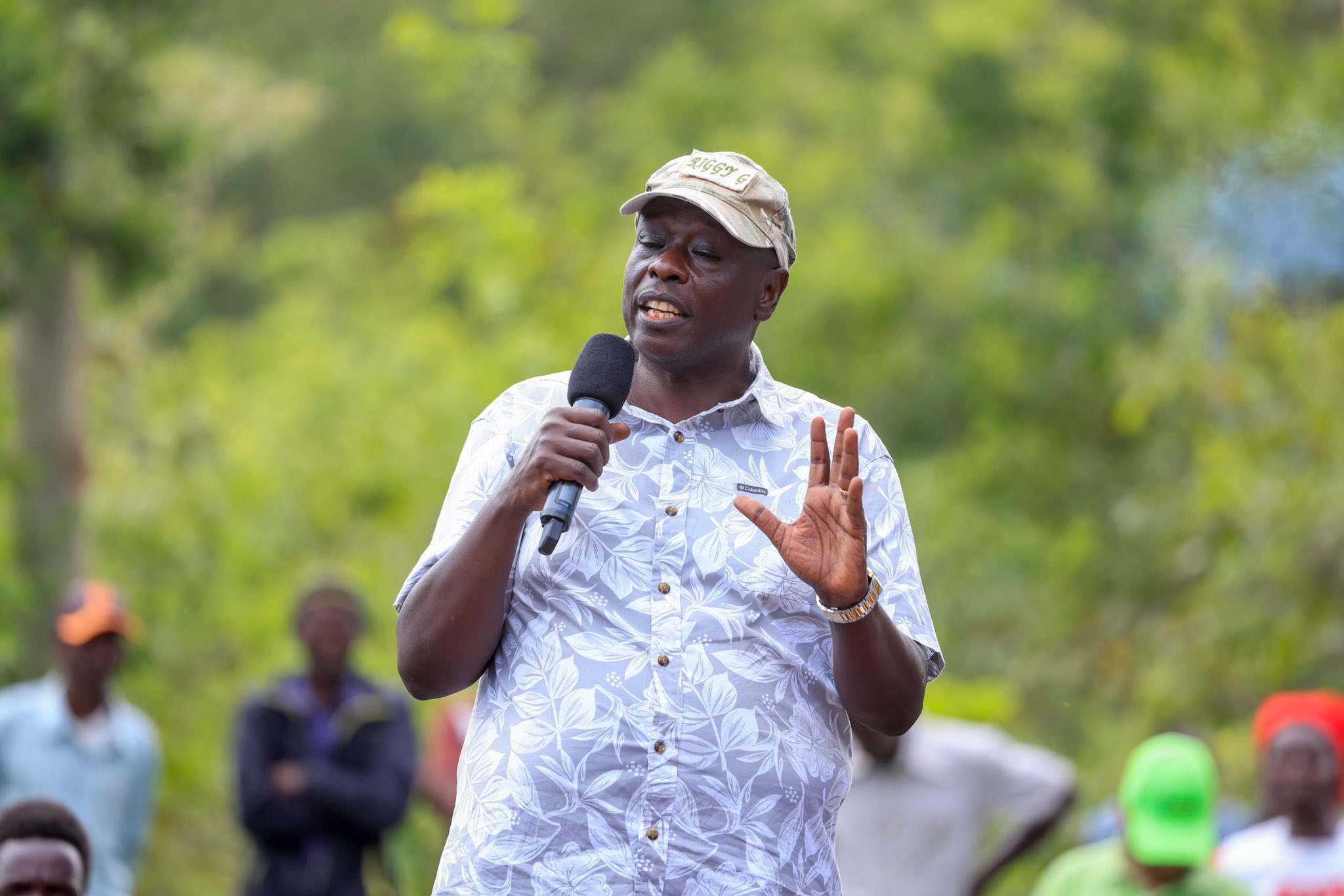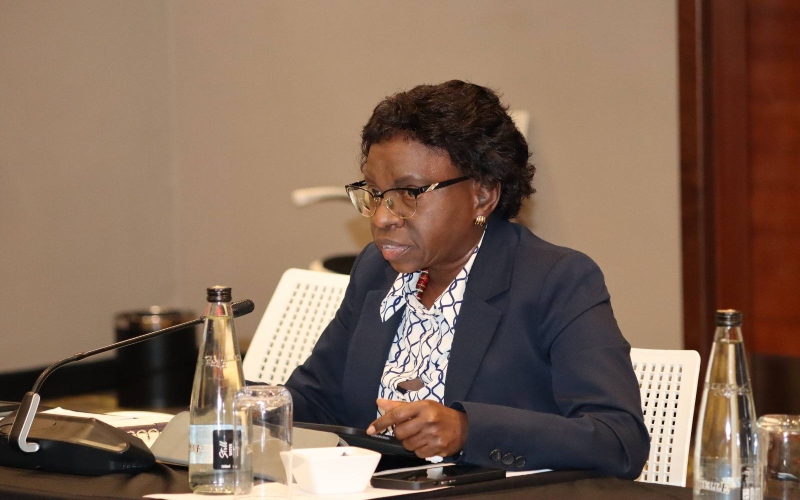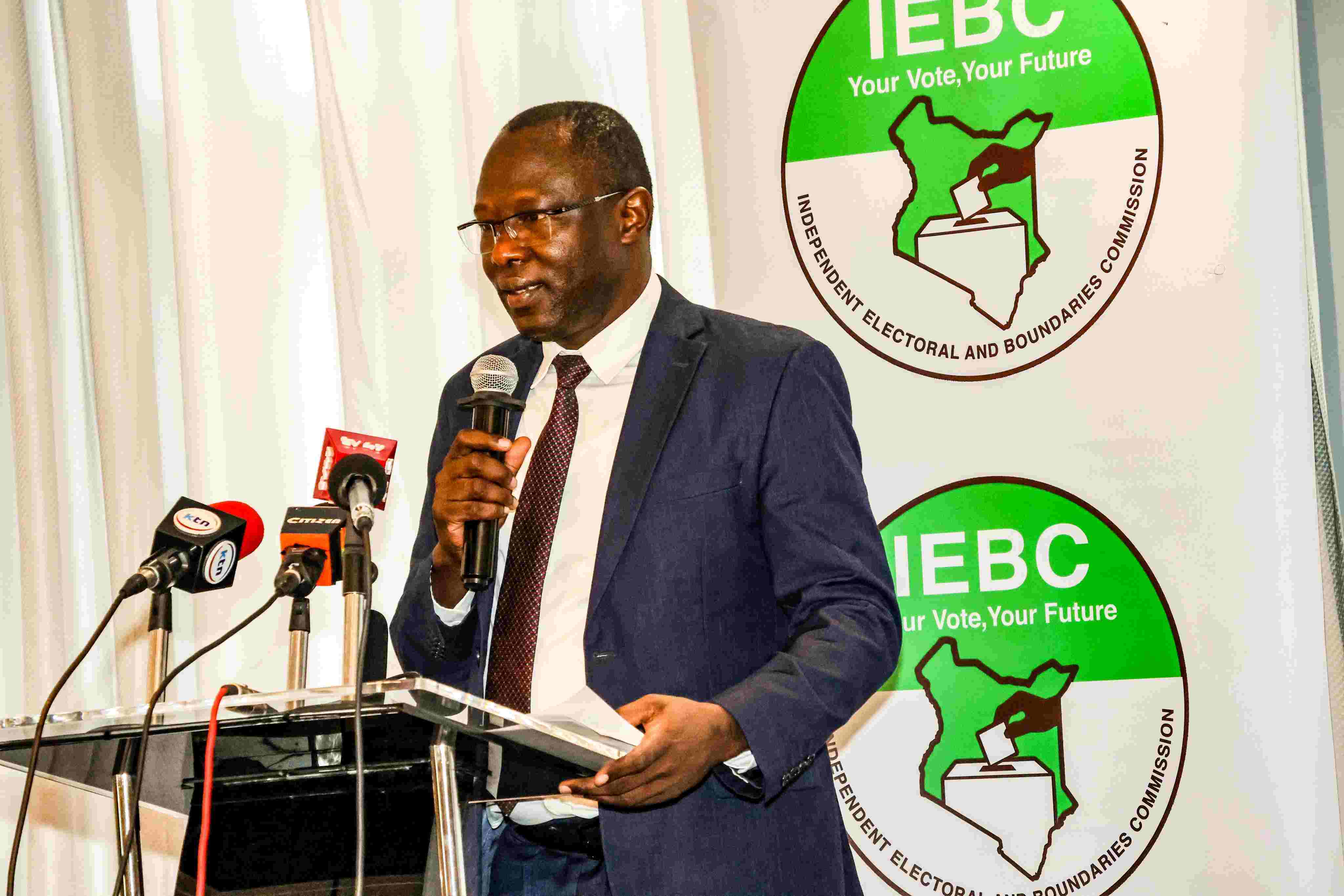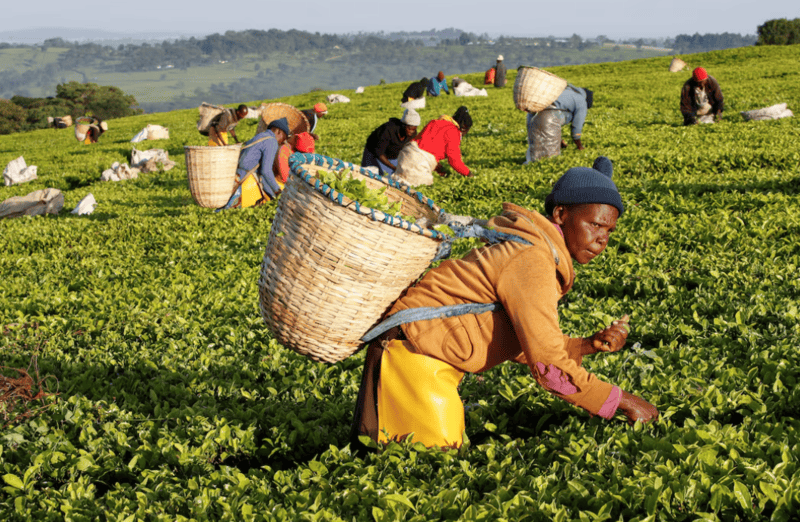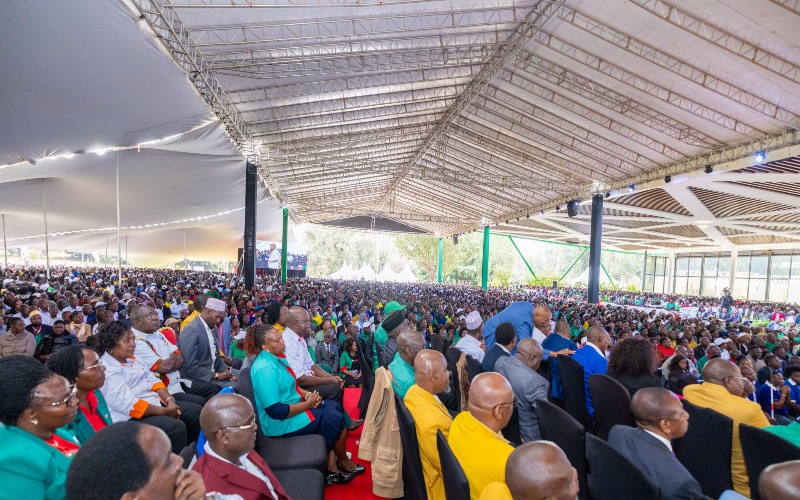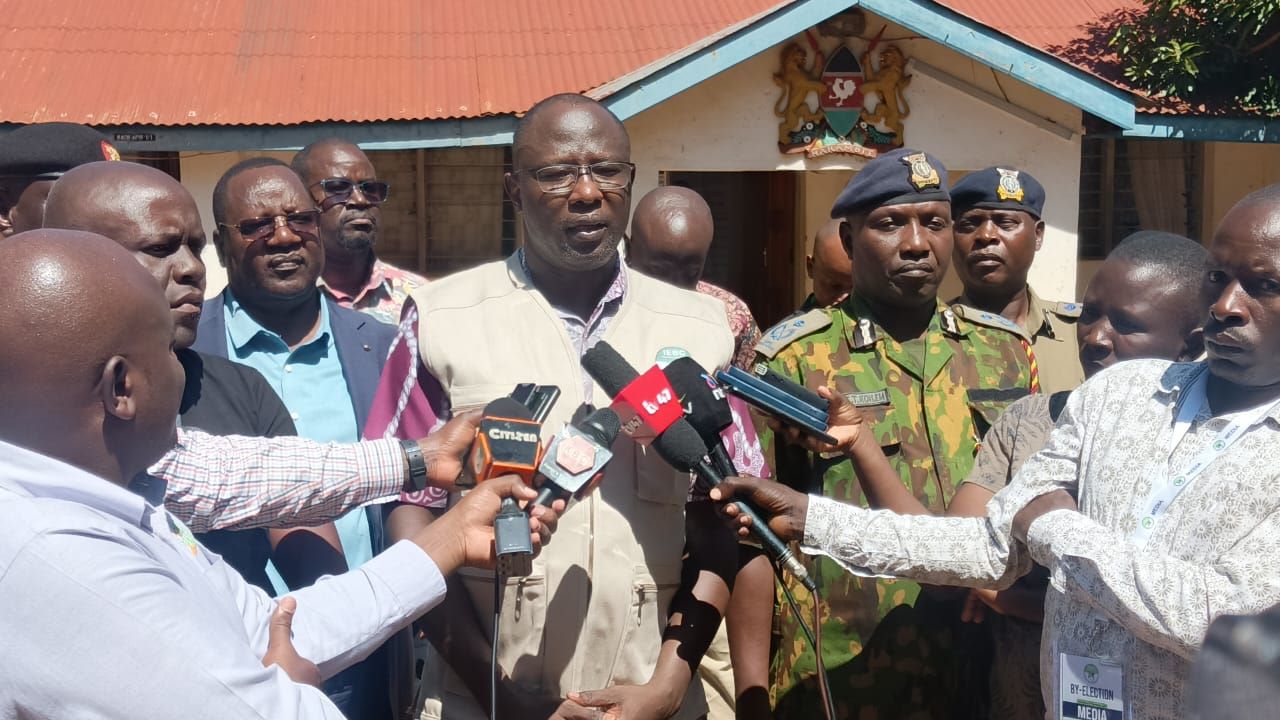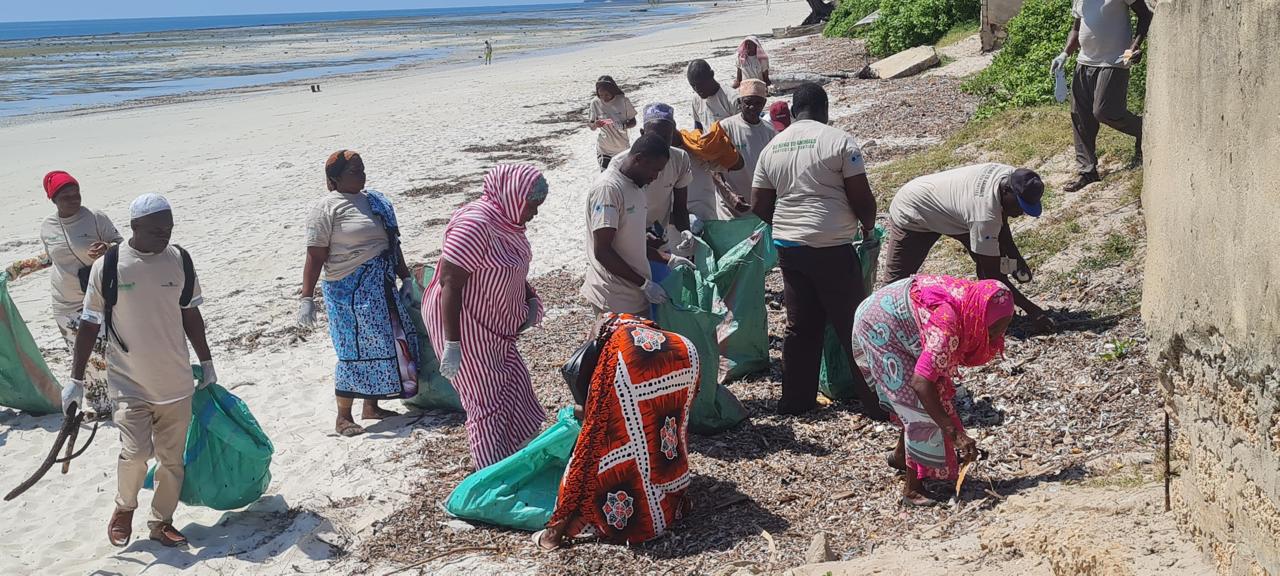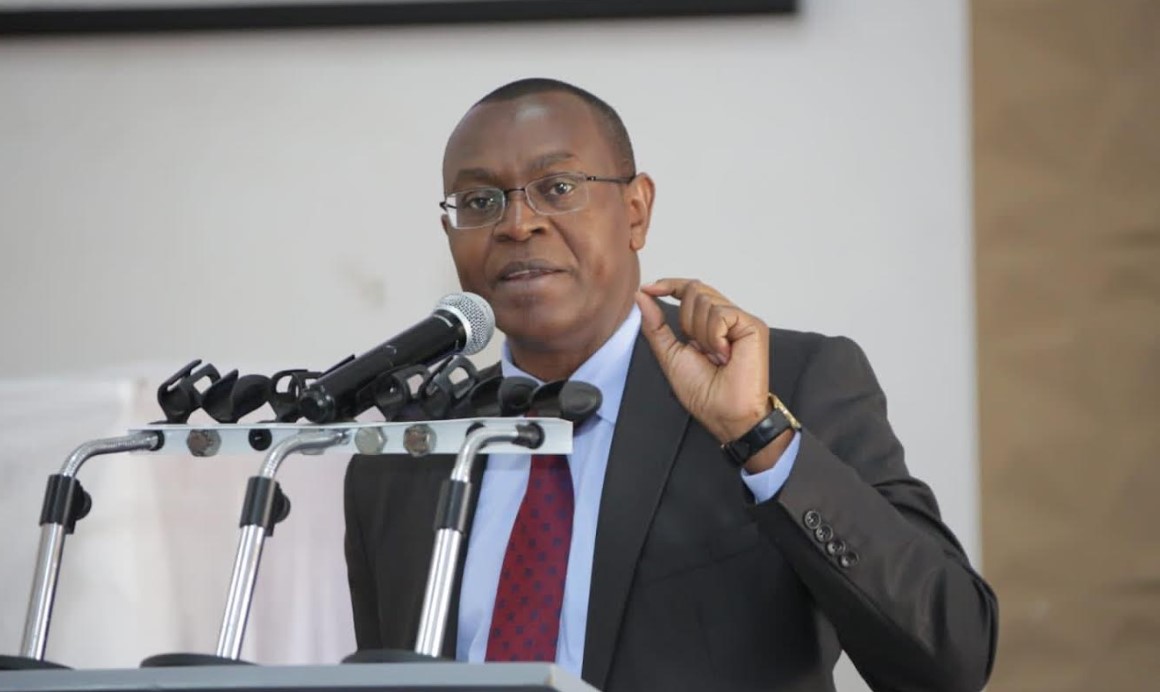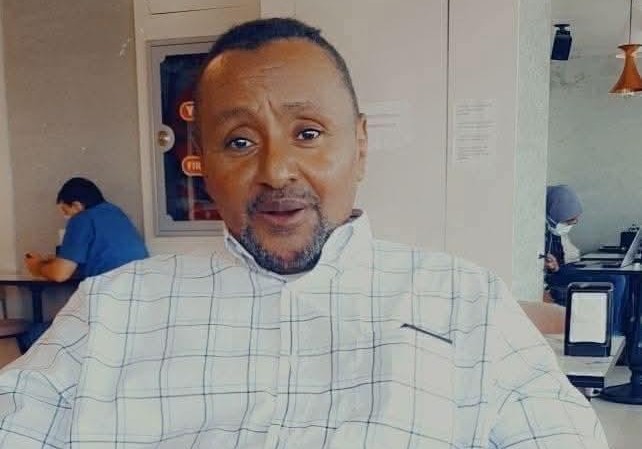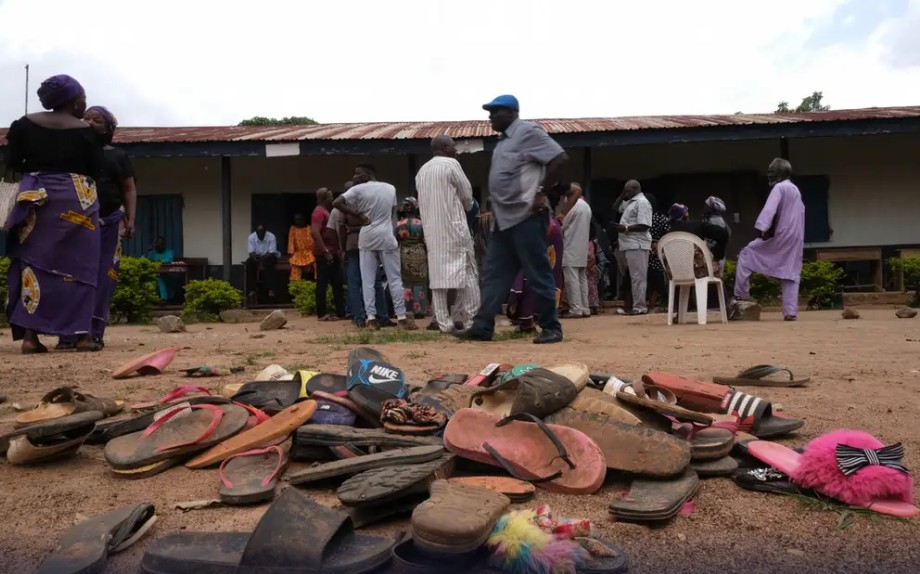World Bank raises Sub-Saharan Africa growth forecast to 3.8 per cent for 2025
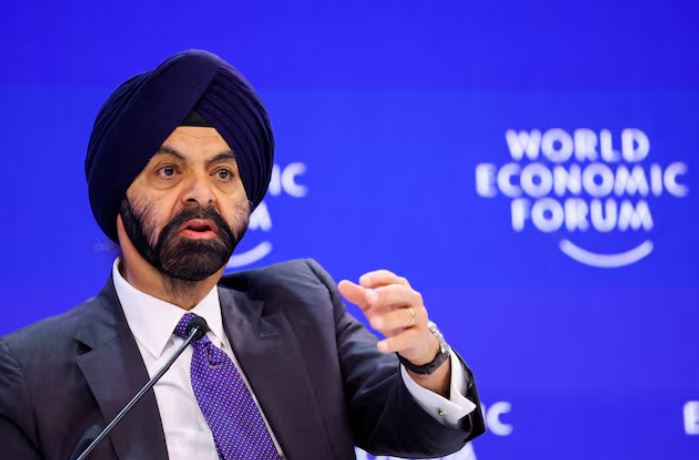
The World Bank cited falling inflation, stabilising currencies and renewed investment in major economies such as Ethiopia, Nigeria and Côte d’Ivoire.
The World Bank has upgraded its growth forecast for Sub-Saharan Africa to 3.8 per cent in 2025 from 3.5 per cent, citing falling inflation, stabilising currencies and renewed investment in major economies such as Ethiopia, Nigeria and Côte d’Ivoire.
In its newly released report, the Bank said the region is gradually recovering from a decade of global shocks, with private consumption and investment showing renewed momentum.
More To Read
- WHO calls for urgent action to achieve universal health coverage by 2030
- African countries take lead in push toward universal health coverage for 1.5 billion people by 2030
- Developing countries’ debt servicing cost hit 50 year high on high interest
- African land policy reforms benefit women and communities, but 18-country review reveals key gaps
- Why mastering Generative AI is the fastest way to boost your career and salary
- Africa’s agricultural exports are losing ground: Four key interventions that could lift sector again
The October 2025 edition of Africa’s Pulse highlights that following a trough in 2023, regional economic activity is set to expand further, with growth expected to accelerate to an annual average of 4.4 per cent in 2026–27. Median consumer price inflation has declined from a peak of 9.3 per cent in 2022 to 4.5 per cent in 2024, and is projected to stabilise between 3.9 and 4.0 per cent annually over 2025–26.
“These favourable conditions are fuelling a recovery in private consumption and investment,” reads the report.
Andrew Dabalen, the World Bank’s Chief Economist for Africa, said most regional currencies that had weakened against the U.S. dollar have now stabilised.
“Most of the currencies which were cratering relative to the US dollar have now recovered and are stable,” he said, noting that the softer dollar, down nearly 10 per cent since the start of the year, has also supported emerging markets.
The Bank upgraded forecasts for Ethiopia, Nigeria, and Côte d’Ivoire, pointing to rising real incomes and renewed investor confidence in these economies. However, Dabalen warned that the recovery remains gradual after a decade of successive shocks, high debt and low productivity.
“While this marks a gradual recovery from a decade of successive shocks, the rebound has yet to gain strong momentum,” the report states.
Despite improved growth prospects, the World Bank stressed that long-term stability hinges on employment generation, especially for the continent’s growing youth population. Dabalen emphasised the need to support small and medium-sized enterprises (SMEs), which are key drivers of job creation.
“These jobs have to be jobs that provide a living wage and secure lives,” he said, highlighting that nearly three-quarters of the region’s employment is in the informal sector.
He warned that youth unemployment and underemployment have already triggered unrest in countries such as Nigeria, Kenya and Madagascar.
“The consequences of not solving these problems are hard to contemplate. They will be very disruptive, and we’re beginning to see the signs of it,” he said.
The report also cautioned that trade uncertainty, particularly surrounding the future of the U.S.-Africa trade pact (AGOA), and persistent debt vulnerabilities remain significant risks. While declining inflation has allowed many central banks to ease monetary policy, high interest payments on public debt continue to strain government budgets, diverting funds from essential services.
The World Bank highlighted the need for a new growth model in Sub-Saharan Africa, anchored on medium-sized and large enterprises, which are essential for higher productivity and quality job creation. Current growth largely benefits low-productivity informal sectors, with only 24 per cent of employment in wage-paying jobs, excluding Southern Africa.
To unlock large-scale employment, the Bank recommends improving infrastructure, digital connectivity, transport networks, human capital and the overall business environment. Investments in electricity, broadband, roads, vocational training and simplified regulations are critical for scaling up firms and generating stable, productive jobs.
“The region needs more organised and efficient production systems, which depend on a greater share of medium-sized and large firms to unlock economies of scale and generate specialised, higher-quality employment,” reads the report.
The Bank also emphasised short-term measures, such as public works programs, technical and digital skills training and community-based employment schemes. It noted that initiatives like Ethiopia’s Green Legacy, the Great Green Wall in the Sahel, and Malawi’s Climate Smart Enhanced Public Works Programme have already demonstrated the potential for labour-intensive projects to boost employment while addressing environmental challenges.
“The current growth trajectory alone will not generate sufficient jobs. A combination of structural reforms and targeted employment programs is essential to support Africa’s young and expanding workforce,” Dabalen said.
Top Stories Today

